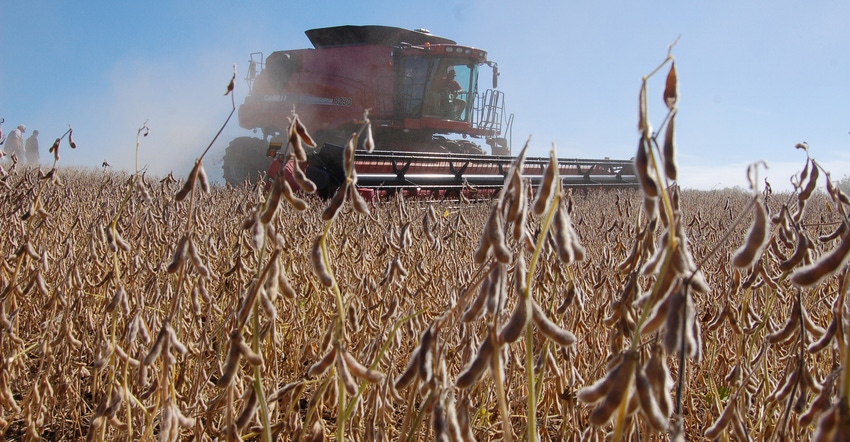August 27, 2019

What do you do when someone blindly criticizes your management practices? Invite them to come see for themselves ‑ which is exactly what Ohio grain farmers are doing after recent critical comments by Toledo’s mayor.
Corn, soybean and wheat farmers throughout Ohio are inviting Toledo Mayor Wade Kapszukiewicz to witness for himself their hard work and significant investments to protect water quality.
Last month, Kapszukiewicz told WTOL-11 that Toledo’s water has been “polluted for us” by Ohio farmers. Realizing that the mayor has not been educated about farmers’ leadership on conservation issues, farmers are using the hashtag #WadeIsWelcome to extend the invitation for a farm tour.
Last week, Kapszukiewicz told The (Toledo) Blade, “At some point, facts and research have to matter.” Ohio grain farmers couldn’t agree more. That’s why they are calling, tweeting, and emailing the mayor to invite him to their farms, to see exactly how much investment and work has been done to find and implement science-based, long-term solutions.
Seeing is believing
“Ohio’s agricultural community has worked very hard to address water quality,” says Jon Miller, a Fairfield, Ohio, grain farmer and president of the Ohio Corn & Wheat Growers Association. “We’re proud of what we have accomplished and are eager to share information about all of the things we’ve been doing with Mayor Kapszukiewicz.”
“Mayor Kaszukiewicz’s confusion about Ohio agriculture can be cleared up with a visit to any of our farms,” says Scott Metzger, a Ross County, Ohio, grain farmer and president of the Ohio Soybean Association. “We welcome him to come see us in action – and to work with us on continuing to protect water quality.”
According to the OCWGA and OSA, both associations’ members have collaborated with researchers, government agencies and environmental groups to reduce the amount of phosphorus that runs off into the Lake Erie water basin.
The associations add that researchers, for example, collect data in the fields, and farmers use those data, along with the newest field-by-field recommendations, to apply best management practices on their farms. Those practices include cover crops, nutrient management plans, soil sampling and a reduction in fertilizer use. Meanwhile, Ohio farmers are applying less fertilizer than ever before.
Source: OCWGA and Ohio Soybean Association, which is solely responsible for the information provided and is wholly owned by the source. Informa Business Media and all its subsidiaries are not responsible for any of the content contained in this information asset.
You May Also Like




